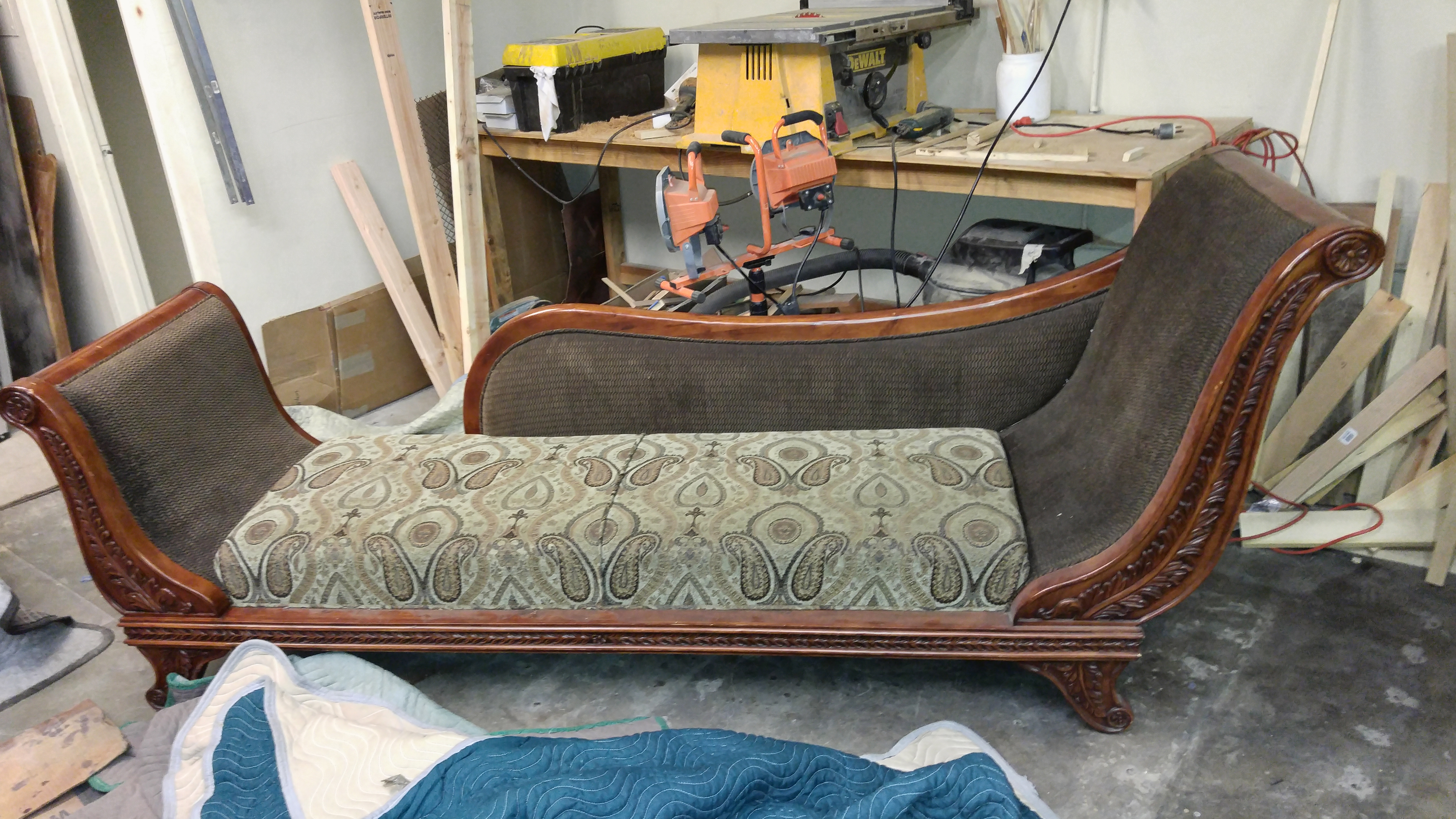Buzz Haven: Your Source for Trending Insights
Stay updated with the latest buzz in news, trends, and lifestyle.
From Drab to Fab: Furniture Restoration Secrets You Didn't Know
Unlock hidden furniture restoration secrets and transform your drab pieces into fabulous treasures! Discover expert tips for stunning makeovers.
Top 5 Furniture Restoration Techniques for Beginners
Furniture restoration can be a rewarding hobby, allowing you to breathe new life into old pieces while developing practical skills. For beginners, there are several effective techniques that can be easily mastered. Here are the Top 5 Furniture Restoration Techniques for Beginners that will help you get started on your restoration journey:
- Cleaning: Start by thoroughly cleaning your furniture to remove dirt, grease, and grime. Use a mixture of soapy water and a soft cloth to wipe down surfaces, followed by a rinse with a damp cloth. This prepares the piece for further restoration.
- Sanding: Sanding is essential for removing old finishes and imperfections. Use sandpaper of varying grits, starting with a coarse grit to tackle rough spots, before moving to finer grits for a smooth finish.
- Staining: After sanding, consider staining to enhance the natural beauty of the wood. Choose a stain that complements your furniture and apply it evenly using a clean cloth or brush.
- Painting: For a dramatic transformation, painting your furniture is a fantastic option. Always use a primer first, especially for pieces previously finished with varnish.
- Refinishing: Finally, applying a protective finish like polyurethane will seal your work and give your furniture a polished look. This step is crucial for durability and longevity.

How to Transform Thrift Store Finds into Fab Furniture
Transforming thrift store finds into fabulous furniture can be a rewarding DIY project that adds a personal touch to your home decor. Start by visiting your local thrift stores or garage sales to hunt for unique pieces that have potential. Look for items with solid structures, even if they require some cosmetic work. For example, a sturdy wooden dresser can be revitalized with a fresh coat of paint, while a vintage chair can be reupholstered with modern fabric to suit your style. The key is to envision the potential in what others might see as discarded.
Once you've found your perfect thrift store find, it's time to dive into the transformation process. First, clean the item thoroughly to remove any dust or remnants from its previous life. Next, consider the following steps to enhance its appeal:
- Repair any damages to ensure the furniture is safe and functional.
- Sand down surfaces to prepare for painting or refinishing.
- Choose a sophisticated color that complements your home’s color palette.
- Add new hardware for cabinets or drawers to give an updated look.
With some creativity and elbow grease, you can easily turn ordinary thrift store items into standout pieces that elevate your living space.
What You Need to Know Before Starting Your Furniture Restoration Project
Starting a furniture restoration project can be an exciting and rewarding endeavor, but there are several important factors to consider before diving in. First, assess the condition of the piece you want to restore. Look for signs of damage such as peeling veneer, loose joints, or warping. Each of these issues will require different restoration techniques, which can affect your time commitment and budget. Next, consider the materials and tools you'll need: sandpaper, wood glue, paint or stain, and brushes are just the beginning. Make sure to research the best products for your specific furniture type to ensure a high-quality finish.
Another key aspect to keep in mind is your restoration goals. Do you want to preserve the original look of the furniture, or are you aiming for a more modern twist? Take the time to create a vision board or gather inspiration that reflects your style preferences. Additionally, knowledge of techniques is crucial; there are many online tutorials and resources that can guide you through common restoration processes. Finally, be patient—furniture restoration can be a meticulous process, but the end result will be well worth the effort.